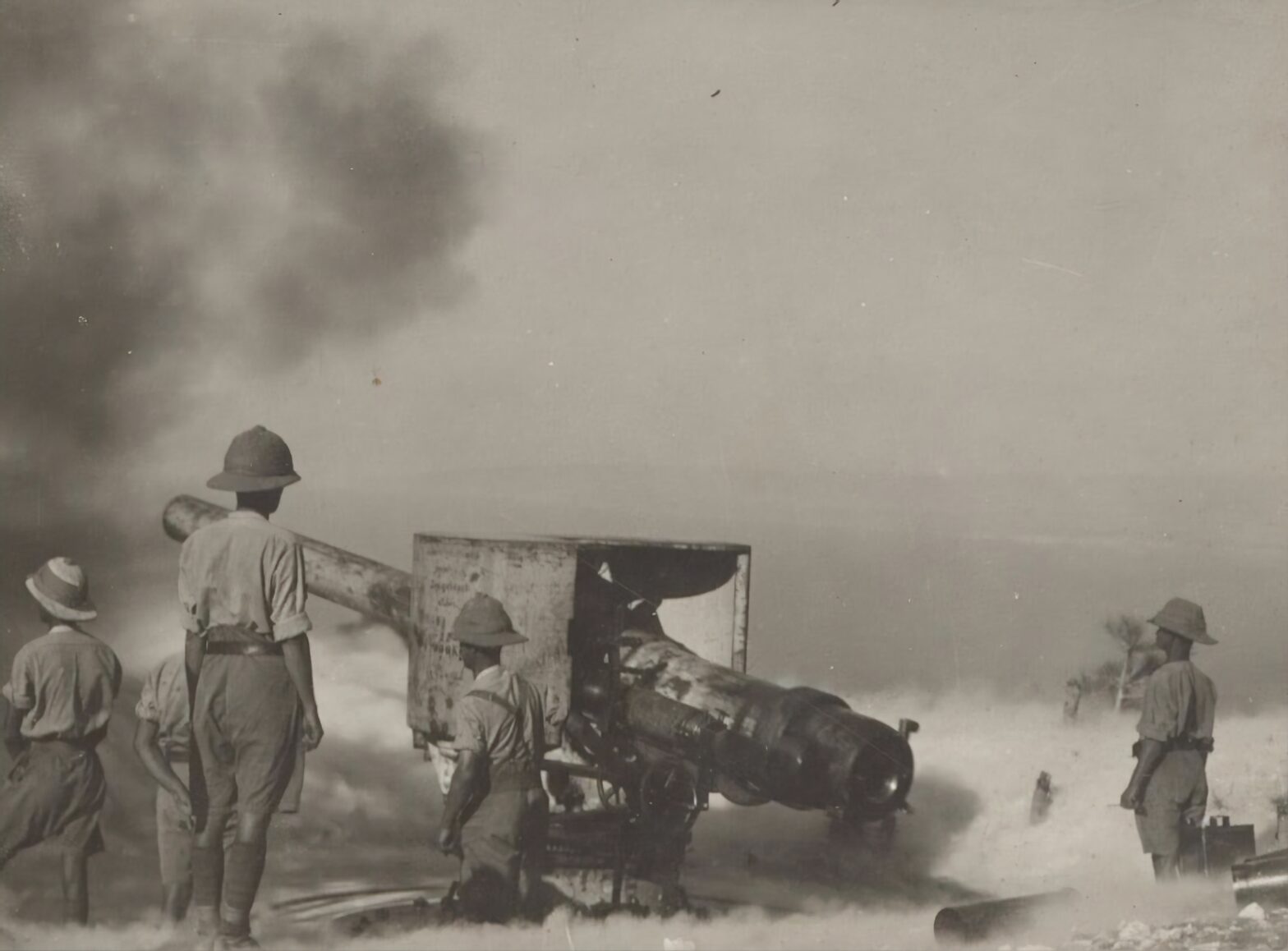Low level blasts (LLB) are created by weapons whose blasts create an overpressure wave, but a single exposure is not enough to create any obvious brain damage or cause symptoms.
Examples of LLB are firing a 0.50 caliber sniper rifle, Howitzers, Carl Gustaf rifles, rocket-propelled grenades, light anti-tank weapons, shotgun door-breaching rounds, mortars, M4 Carbine rifles, and C4.
We are concerned about the impact repeated low level blast exposures have on both performance and quality of life.
There are 4 areas that are most impacted by repeated low level blast exposures:
- Emotional/mental health
- Sleep
- Memory
- Sensory systems for situational awareness
Our knowledge around LLB exposures is in its infancy. In fact, a study that reviewed high quality research on the effects of blast exposures from 2000 to 2019 found that only 1.34% of research was examining LLB. [1]
But a lack of research doesn’t mean this isn’t a significant problem that needs to be addressed urgently.
The challenge is that the impacts initially are subtle, sub-clinical, and individuals can still be performing at a high level. [2]
In professions where every millisecond counts, and even subtle impacts on performance in these areas matters, addressing this issue is vital.
As the research catches up to the problem, our best approach is to identify areas that we have some control over, and anticipate the best solutions based on the knowledge we do have.
So, what can you do about it?
- Mitigate exposures when able
- Prioritize sleep after subconcussive (no symptoms) LLB exposures
- Maximize time between exposures
- Proactively train the areas that are susceptible to repeated LLB
- Inform your medical team of your history of, or continued exposures to, LLB and any symptoms you may have.
Knowledge is only potential power; it is what we do with it that matters. We can all be a part of the solution to this issue.
References:
- Belding, J. N., Englert, R. M., Fitzmaurice, S., Jackson, J. R., Koenig, H. G., Hunter, M. A., … & da Silva, U. O. (2021). Potential health and performance effects of high-level and low-level blast: a scoping review of two decades of research. Frontiers in neurology, 12, 274.
- Boutté, A. M., Thangavelu, B., Nemes, J., LaValle, C. R., Egnoto, M., Carr, W., & Kamimori, G. H. (2021). Neurotrauma biomarker levels and adverse symptoms among military and law enforcement personnel exposed to occupational overpressure without diagnosed traumatic brain injury. JAMA network open, 4(4), e216445-e216445.
